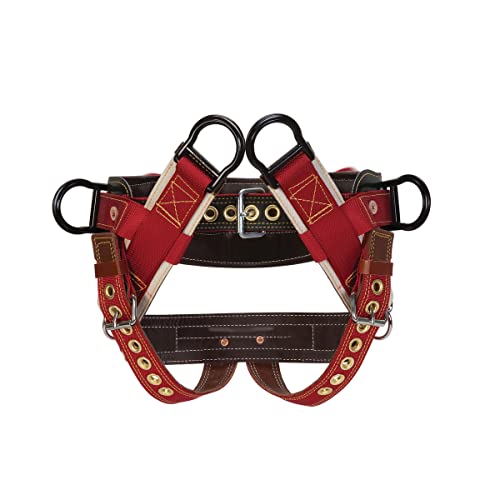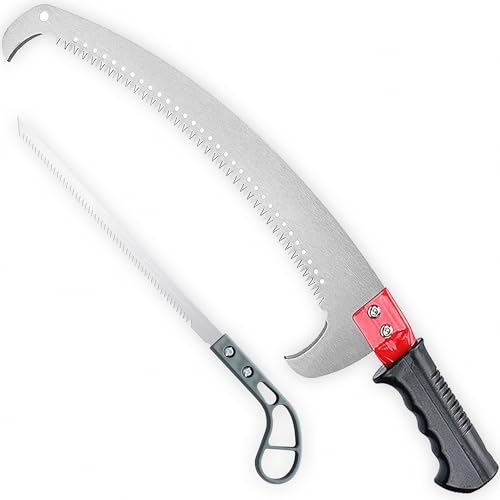Oh hi Ginger, great to see you again,
Falling trees is very simple in theory, however in practice there are many variables that must be considered as well as safety issues if we are to get the tree down safely and where we want it to lay for ease of preparing it for removal from the bush.
Anyway, lets start off with a few basics first. Safety is of paramount concern here. Not only must you have a though knowledge of you saw and it's operation, but you also need the proper personal safety gear. You are off to a good start because you already have the chaps, suspenders and helmet with muffs.
Ok, lets dump an 18" stem together as though I was there in the forest with you for the first time. We take your 044 with a razor sharp chain and 16" bar and make the first cut on a level plane about 10" above ground level approx 6" deep into the wood or 1/3 of it's dia. Because the 16" bar wont clear the 18" trunk, fit the bar back into your established cut and complete it on the other side of the tree. The falling sights on your powerhead come in handy for getting the cut to line up exactly with the direction of intended fall.
Then, with a good eye for square, get your saw back into the tree, but this time on a downward angle that will meet exactly with the back of the last cut you made.
Try to visualize Ginger that you are trying to remove a perfectly sculptured watermelon wedge shaped hunk of wood.
It is important that the back of these two cuts meet exactly at 90 degrees to the intended direction of fall. If not, clean it out with the saw so it does.
Now, establish the backcut approx. 2" above the felling knotch just enough to fit in a wedge or two. Then using this cut as a guide, cut "ears" about 2-3" deep on either side of the tree at 0 degrees to the intended direction of fall. Then you complete the backcut by sawing up to the knotch, perfectly square. You can then drive the wedges to lift the tree or simply blast the tree off the stump with the saw if you are certain that the tree is commited to where you want it to lay.
This is the basic mechanics, but it is dangerous and anything can happen, so try to get help . There is nothing wrong with a longer bar, but the shorter ones dont contact the rocks as much.
If you email me your address, I will send you " The Fallers and Buckers Handbook".
Safety First,
Gypo























































